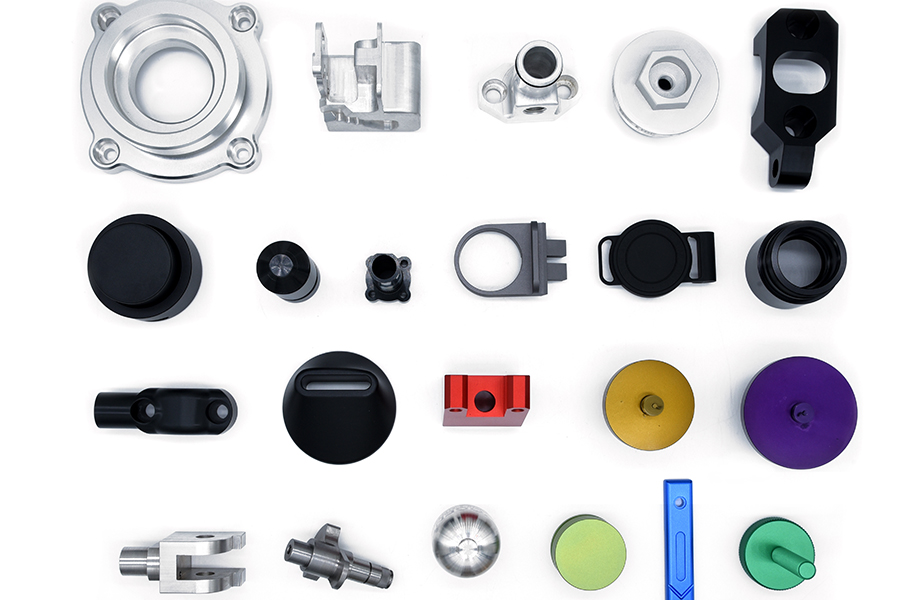Since the inception of 3D printing technology, it has been subtly changing the production lines of the world’s leading manufacturers. 3D printing was once primarily used for prototyping, however, with advances in materials and productivity, the current 3D printer has become a powerful manufacturing tool for everything from prototypes to end-use parts. As these 3D printers move from R&D to the shop floor, the question “will 3D printing replace CNC machining?” The answer is no, because it doesn’t need to.
3D printing and CNC machining both have their place in manufacturing. In fact, they are friends rather than rivals. In other words, two different tools in your toolbox! Both are useful. The only rule is that before doing different jobs, the key is to know how to use them wisely.
The main difference between the tools is that 3D printing is an additive process while CNC is a subtractive process. 3D printing starts from scratch, building parts layer by layer. Whereas CNC starts with a stock of material and then removes that material until the desired shape is obtained.
Here are the advantages of both techniques:
3D printing advantages:
- Design freedom – Geometries that cannot be achieved with traditional manufacturing methods (i.e. more freedom in complexity) can be achieved. This includes:
- Part Merging – Assemblies that require multiple parts and fabrication/connection methods can be printed as a single piece;
*Lightweight – 3D printing allows you to place materials only where they are needed. Void, honeycomb or lattice structures can be easily created without creating extra steps or energy to remove them.
- Speed - the shortest time from 3D file to part, and can be modified on the fly;
- Less Design Time – Compared to CNC machining, 3D printing requires less user interaction to create machine motion paths. In some cases it can be a simple button, but in other cases it may require more knowledge, such as creating the best support structure for an SLA or DMLS;
- Reduce waste – only the material needed to produce the part. Even with support structures, the material consumed is usually much less than subtractive. In fact, with some additive processes, the remaining material is reusable.
CNC machining advantages:
- Materials – The range of materials suitable for CNC is very wide, including metal, plastic and wood. In general, it is not uncommon for high-volume 3D printers to have more than a few or more materials. Even if it can be converted, it is expensive and time-consuming;
- Tolerances – CNC machining can achieve tighter tolerances, usually 10 to 100 times better than 3D printing;
- Surface finish – The surface finish of CNC machine parts is usually very good, depending on part geometry, tooling and machining time, etc.;
- Acceptance: Many industries are more accepting due to existing part certification and CNC manufacturing methods;
- Open Architecture – Often, CNC users purchase their tools and materials from third-party suppliers and enjoy multiple sources for these items; however, 3D printer users often have to source their consumables from a single source. In most cases, this source is the 3D printer manufacturer. Although, this point has begun to improve, but 3D printing still has a lot of work to do in this regard.
Sean Farrell of Dura-Metal, a manufacturer of precision parts and tooling, said: “I think companies need to be always open to change. Not just to make quality parts with our existing machines, but also to find ways to Improve our ability to serve our customers with new ideas and new technologies.”
Related searches:
cnc machining aluminum parts
cnc aluminum parts
cnc parts
cnc machining aluminium
cnc precision turning
cnc milled turned parts
cnc precision machinging

